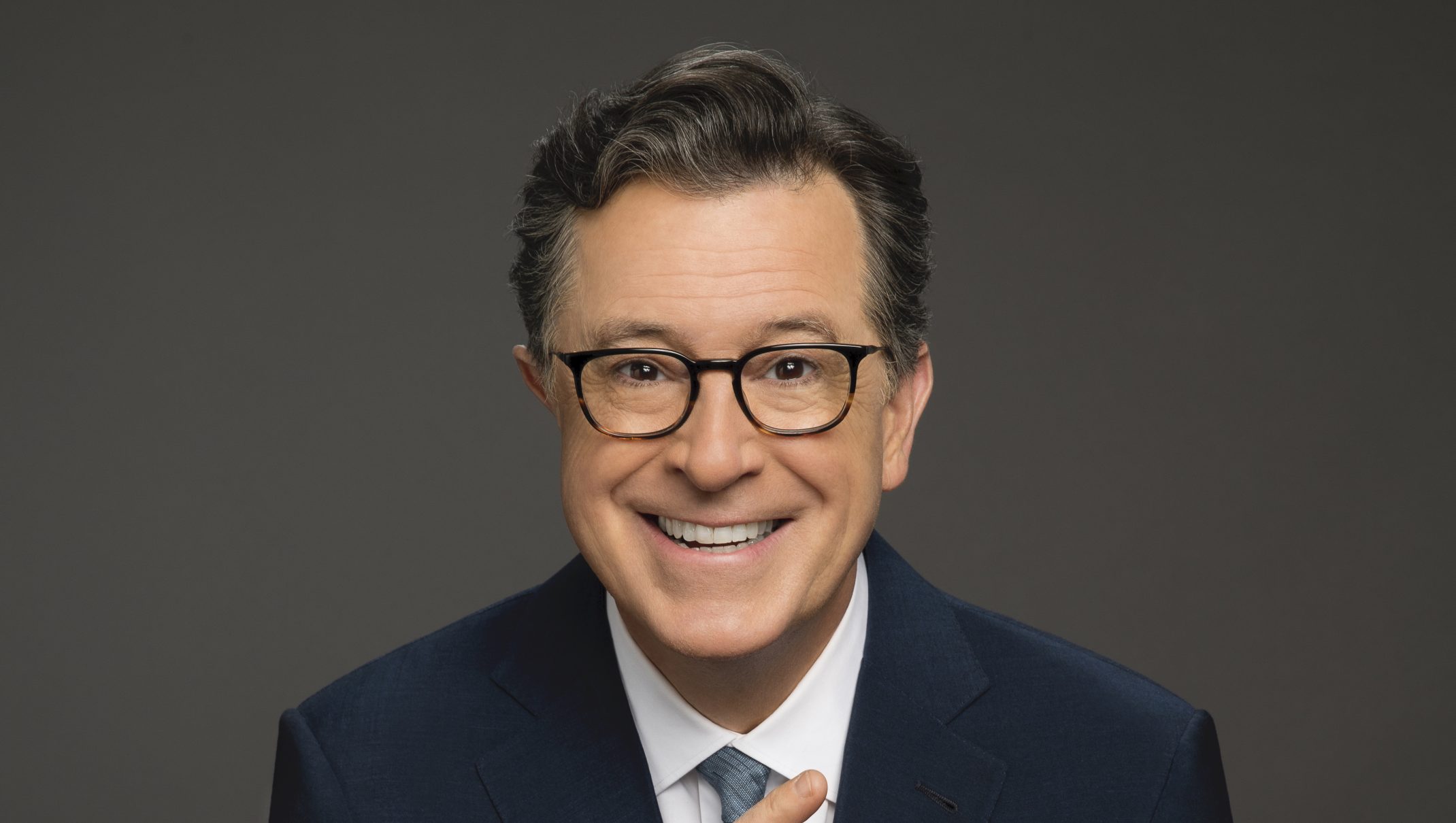Kelsey Peterson Talks “Move Me,” Her Documentary Exploring Her Personal Journey Becoming Disabled
Kelsey Peterson is a dancer, choreographer, writer, and filmmaker. She received her BFA in Dance from the University of Montana in 2008, and later, her yoga teacher certification from CorePower Yoga. Her previous path was interrupted when she sustained...
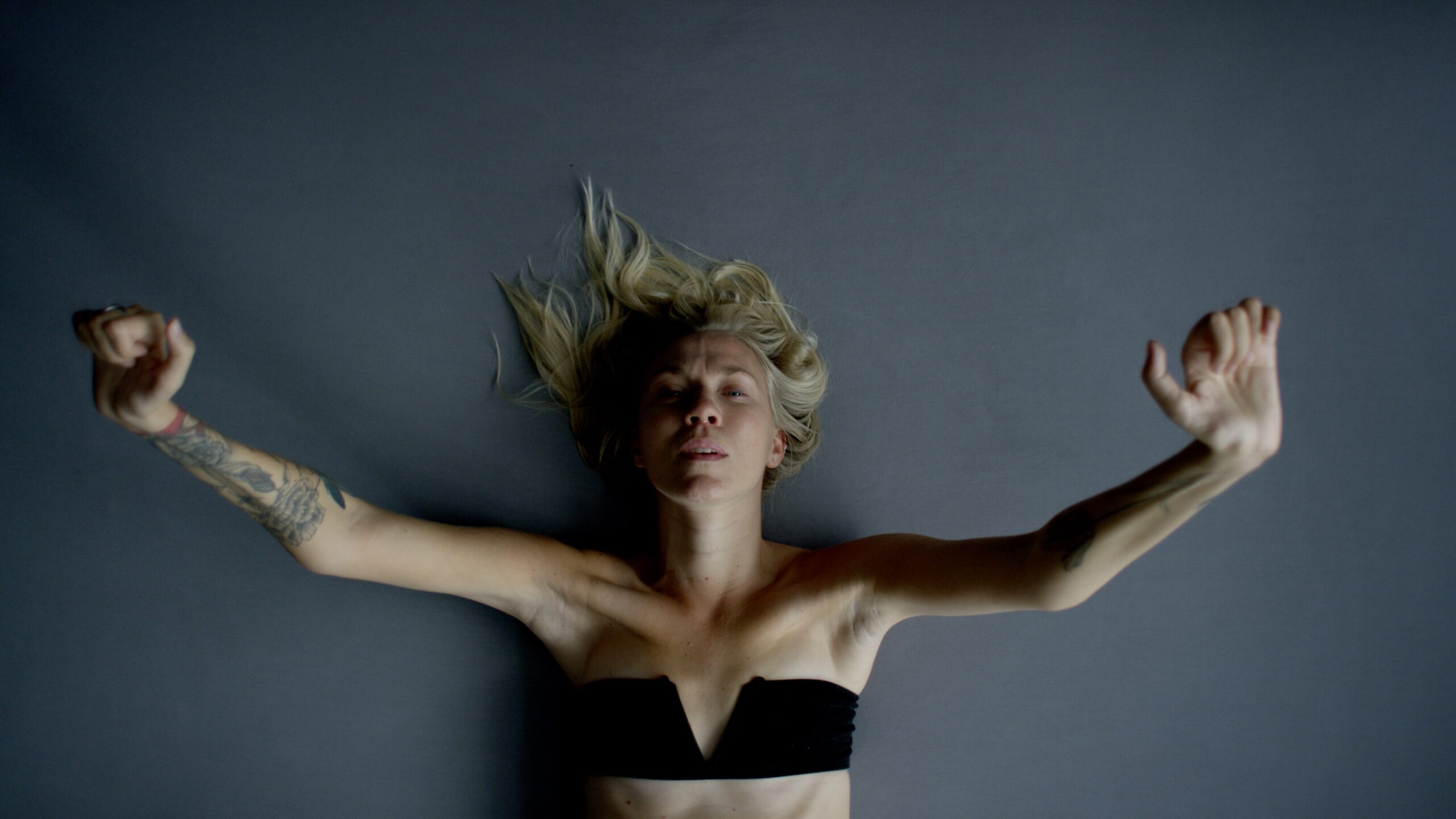
Kelsey Peterson is a dancer, choreographer, writer, and filmmaker. She received her BFA in Dance from the University of Montana in 2008, and later, her yoga teacher certification from CorePower Yoga. Her previous path was interrupted when she sustained a spinal cord injury in 2012 and became paralyzed from the chest down. But Kelsey continues to dance, now from a wheelchair. She currently serves as co-director, choreographer, and dancer on “A Cripple’s Dance,” a live music and dance production featuring inter-abled artists.
“Move Me” is making its world premiere at the Full Frame Documentary Film Festival April 7, and will stream through April 10. It will stream at the Reel Abilities Film Festival: New York from April 7-13 and will screen in-person at the fest April 12. Daniel Klein co-directed the film.
W&H: Describe the film for us in your own words.
KP: “Move Me” is a film about my personal journey becoming disabled after defining myself as a dancer my whole life. It takes the viewer through grief, adaptation, and personal reinvention.
It is a story of how we can hold two seemingly dichotomous things in the same hand, hopefully with authenticity and grace, and move forward.
W&H: What drew you to this story?
KP: At first I was drawn to a different story — I wanted to see what was happening within the effort for a cure for spinal cord injury. I was only five years post-injury, and I wanted to find and share the science and the need for functional recovery with the world, while potentially moving the dial forward.
When we realized that the story wasn’t there, I knew that the cameras had to turn to me and my personal experience in a much more real and intimate way. It quickly became about the truth of my experience becoming disabled and how we all have to redefine who we are throughout our lives, because our lives and our bodies are always changing.
W&H: What do you want people to think about after they watch the film?
KP: I want people to think about how adaptable we are as human beings. I want people to think about how the things that define us — that we cling onto so tightly — can easily confine us.
I think we have to be in this constant place of investigation of our lives and who we are. That is both our privilege and our responsibility — to get to know ourselves and love ourselves throughout our lives. Because you can be yourself but not actually know or love yourself, and that’s a hard place to be.
And I want the world to see disability differently through my experience— to see the strength and the beauty, and the real. I feel like I can serve, uniquely, as a bridge between two often times separated worlds — the able-bodied and the disabled — because I have lived in both.
I want to show people who we are as complex, dynamic, beautifully disabled people. And who I am, as a human being — grieving, adapting, and living as an artist, a woman, a sexual being, everything.
W&H: What was the biggest challenge in making the film?
KP: Sharing my life in such an intimate way was very vulnerable and challenging. There were certain scenes where I knew I needed a female shooter, and I had a co-director who advocated with me and for me, which was such a gift. This experience was so many things. Being that vulnerable can be really scary, but as many of us know, that space is where a lot of growth lies. It was challenging, of course, but to be honest, it also felt really good to bare my soul in this way.
Because I felt so safe in this little therapeutic container the film created, it made it that much easier for me to be authentic and vulnerable. This team held me. There was so much respect, sensitivity, and openness within this whole process, and it lent a really emotional and healing growth process for me, for all of us I think.
W&H: How did you get your film funded? Share some insights into how you got the film made.
KP: We had a lot of success with Kickstarters in the beginning, I feel privileged and blessed in that way. We also had a successful fundraiser in our hometown of Minneapolis, selling locally donated art and things, games, raffles, etc. But most of our funding came from ITVS Open Call. We were very grateful to be awarded funding and distribution on PBS from them as well.
W&H: What inspired you to become a filmmaker?
KP: I didn’t intend on being a filmmaker: I just wanted to share my story and make change and this happened! It sort of fell into my lap and I just said yes.
It’s been fun and encouraging to translate who I am as an artist from the dance floor onto film.
W&H: What’s the best advice you’ve received?
KP: I think the best advice I’ve ever received was to listen to the story and follow the story that really wants to be told — disregard your ego and do what it takes to stay true to making the best film you can.
W&H: What advice do you have for other women directors?
KP: Trust your instincts, slow down and listen. Because I think as women, our intuition is one of our superpowers.
W&H: Name your favorite woman-directed film and why.
KP: Amy Heckerling’s “Clueless.” It’s hilarious and ironic. You think it’s one thing, but it’s so much more. I still notice something I missed the last time I watched it, and I’ve seen it like 100 times. I also think it does a great job of making fun of everyone, and in a way that isn’t harmful, but is just plain funny. I love that it has a blonde character who is more than just a stereotypical ditzy high school blonde — she’s actually smart and daring, and just figuring it out.
W&H: How are you adjusting to life during the COVID-19 pandemic? Are you keeping creative, and if so, how?
KP: I honestly feel like having a disability prepared me for pandemic life. I’ve already experienced losing a life that I loved and having to adapt to one that was completely unknown — the parallels were actually mind-blowing to me. I was grateful for my experience with a spinal cord injury coming into 2020 because I had a skill set that a lot of people didn’t. It was familiar with adapting, getting creative, and going inward.
It’s unbelievably challenging, but surrendering to the flow is the best thing that we can do when life changes.
W&H: The film industry has a long history of underrepresenting people of color onscreen and behind the scenes and reinforcing — and creating — negative stereotypes. What actions do you think need to be taken to make Hollywood and/or the doc world more inclusive?
KP: There’s a lot of underrepresentation in Hollywood and film, including that of people of color, queer and trans people, and people with disabilities. I think we have learned the hard way that when we don’t share our truth as a collective through art, and when we let people tell other people’s stories, we do a disservice to the collective and to that particular community.
I think we need to make funds more accessible to these communities. I think we need to make the creative world itself more accessible and have more open conversations about accessibility. We need to start facilitating conversations and asking people from these underrepresented communities what their obstacles are, what is standing in the way of them telling their stories, and how we can better show up for each other. I think we need to be mindful about the stories we tell and the people we include on our teams in order to create authentic, well-rounded, honest stories.

 Astrong
Astrong 







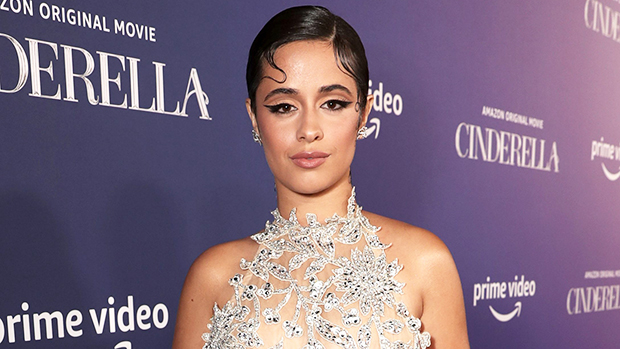

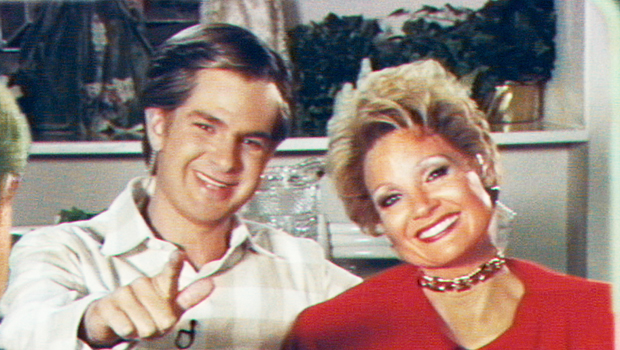

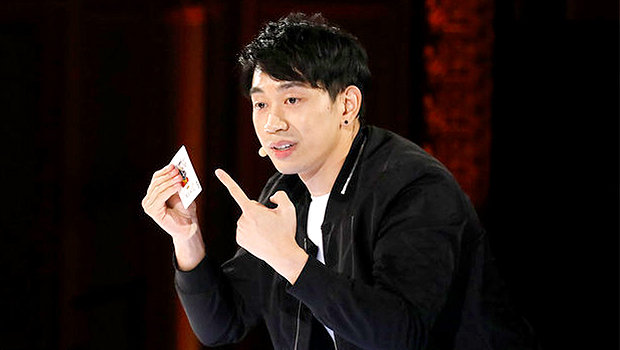
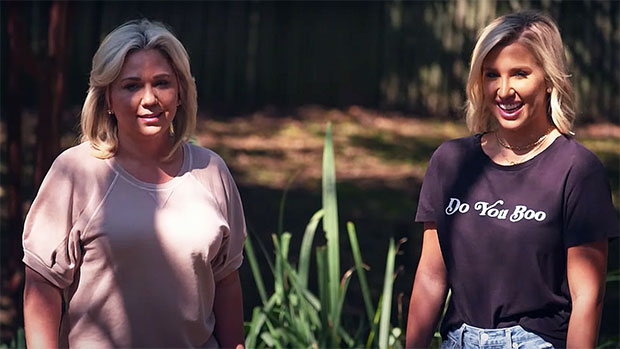















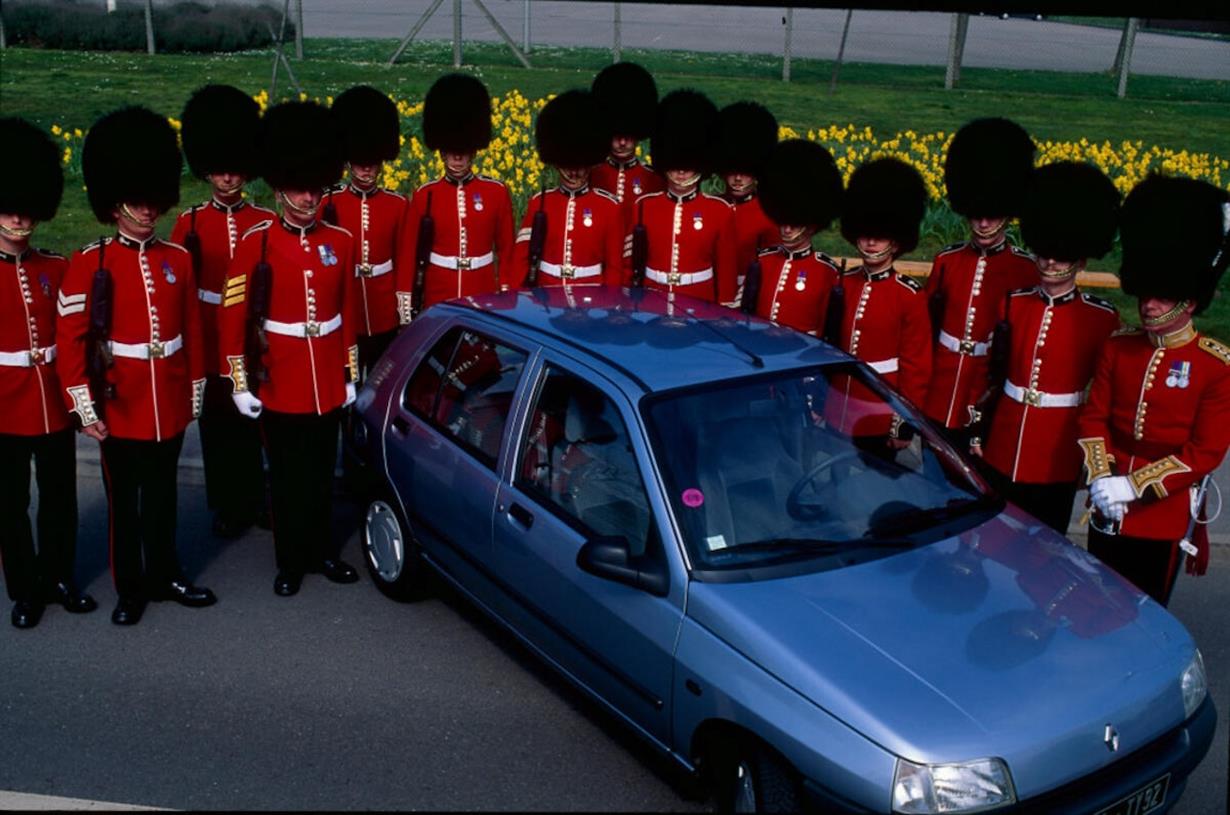
.jpg&h=630&w=1200&q=100&v=6e07dc5773&c=1)
